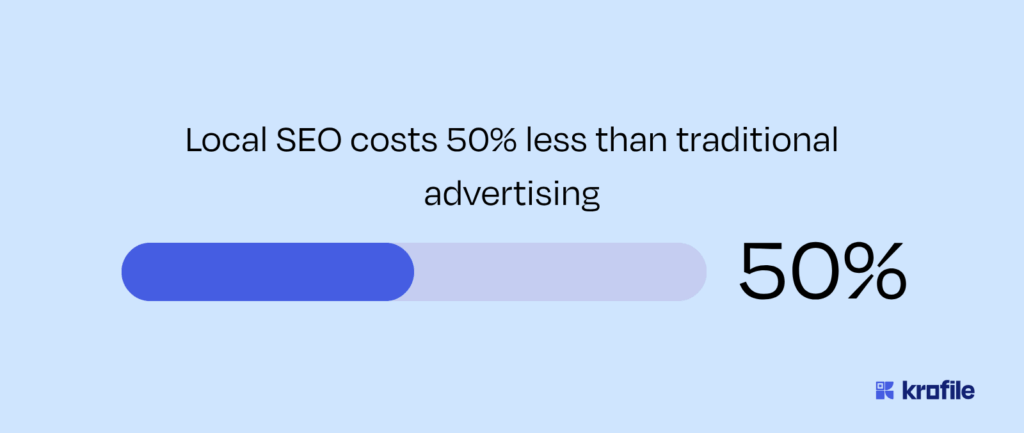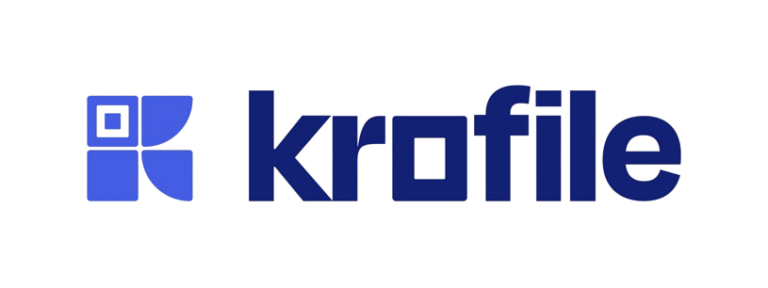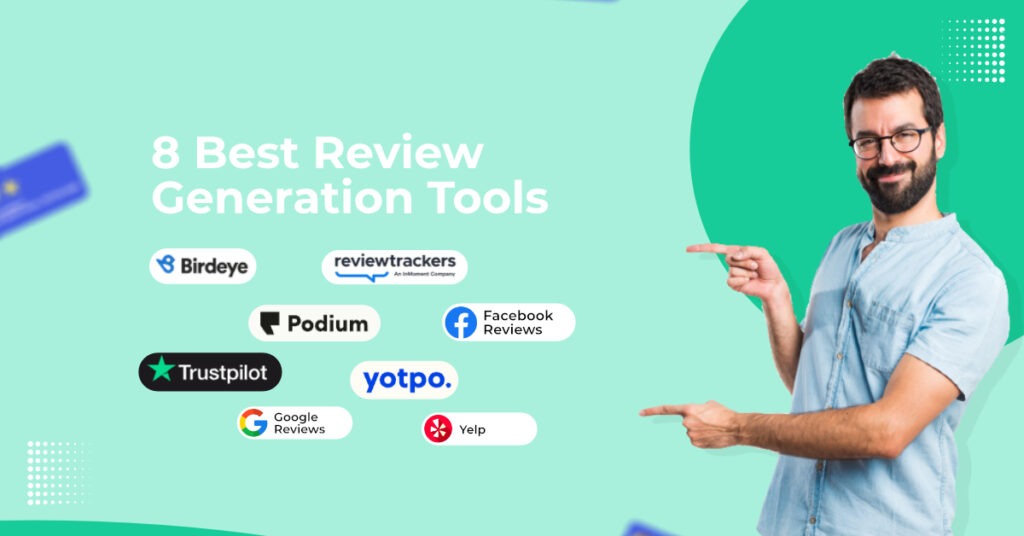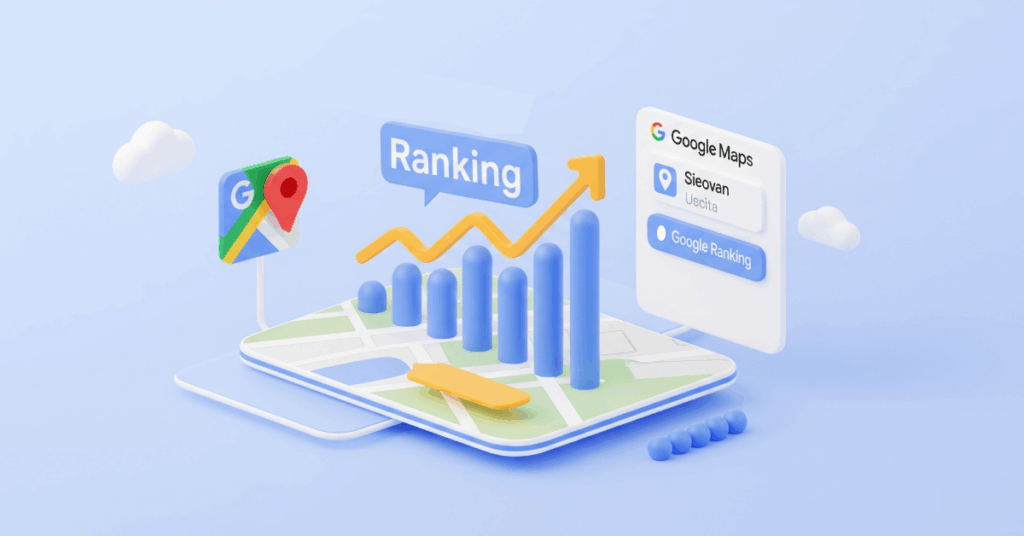Your gym has amazing equipment, experienced trainers, and a welcoming atmosphere. But here’s the problem – potential customers can’t find your gym online.
Every day, thousands of people in your city search for a “gym near me” or “fitness center near [your city].”
And guess what?
They’re visiting your competitors instead of you.
Why?
Because those gyms show up first in local search results.
This hurts even more when you realize the numbers: 46% of all Google searches are local searches, and 76% of people who search for something nearby visit a business within 24 hours. That’s a lot of potential customers walking through someone else’s doors.
But here’s the good news: I’ve helped dozens of fitness centers and health clubs dominate their local search results using proven local SEO for gym strategies.
The best part? You don’t need a huge marketing budget to outrank the big chains.
Let me show you exactly how gym SEO and fitness center marketing can make your business the first choice for nearby fitness seekers.
What is Local SEO for Gyms?
Local SEO for gyms is the process of optimizing your fitness center’s online presence to appear in local search results when people in your area look for fitness services.
Instead of competing with gyms worldwide, local SEO helps you target customers who are actually near your location and ready to visit.
For example: When someone in your city searches “gym near me” or “fitness center in [your neighborhood],” local SEO ensures your business shows up in their search results – not a gym that’s 500 miles away.

See how “Fitness Factory Health Club” shows up #1 when I search for “gym near phillipsburg nj”. It’s all because of local SEO and a fully optimized Google Business Profile.
The goal is simple, connect your gym with local people who are actively looking for a place to work out in your area.
Why is Local SEO Important for Gyms and Fitness Centers?
Local SEO is a must for gyms because fitness is an inherently local business. Here’s why it matters:
- High Local Intent: 72% of consumers who did a local search visited a store within five miles of their location. When someone searches for a gym, they want one they can actually drive to.
- Mobile Search Dominance: 58% of local searches happen on mobile devices, and people expect immediate results when looking for nearby fitness options.
- Competition Reality: There are over 90,000 gyms in the US. Without local SEO, you’re invisible to potential members who live just blocks away from your location.
- Purchase Behavior: 28% of local searches result in a purchase within 24 hours. For gyms, this often means membership sign-ups or trial visits.
- Cost-Effective Growth: Local SEO costs 50% less than traditional advertising while delivering higher-quality leads who are ready to join.

10 Keywords Potential Gym and Fitness Customers Use
Here are the most searched keywords that potential gym members use when looking for fitness services in their area:
| S.no | Keyword | Why It Matters |
| 1 | “gym near me” | Highest conversion intent – ready to visit today |
| 2 | “fitness center [city name]” | Looking for options in their specific area |
| 3 | “best gym in [city]” | Quality-focused, willing to pay for better service |
| 4 | “24 hour gym [location]” | Values flexibility, likely to be loyal members |
| 5 | “personal trainer near me” | Premium service seekers with higher budgets |
| 6 | “yoga classes [city]” | Regular attendance, community-focused members |
| 7 | “crossfit box near me” | High retention, word-of-mouth referrals |
| 8 | “cheap gym membership [city]” | Price-sensitive but still local-focused |
| 9 | “women only gym [location]” | Specialized service, less competition |
| 10 | “gym with pool [city]” | Premium facility seekers, higher membership fees |
How to Get Started with Local SEO for GYMs: 7 Steps
Now that you have all the tools and knowledge, let’s get started with the actual process of optimizing your gym’s local SEO. I’ll walk you through each step based on what I’ve learned from helping fitness centers dominate their local markets.
Step 1: Claim and Master Your Google Business Profile
Here’s the truth: Your Google Business Profile is the face of your gym. I’ve seen gyms increase their local visibility by 300% just by properly optimizing this one free tool.
Think about it this way – when someone searches for a gym in your area, Google Business Profile determines whether you show up in that coveted top 3 local pack or get buried on page 2 where nobody looks.
#1 Claim Your Profile (If You Haven’t Already)
First things first – you need to own your Google Business Profile. Here’s how I help my clients do this:
- Search for your gym’s name
- If it exists, claim it. If not, create a new profile
- Verify your business through phone, postcard, or instant verification
Pro tip: Most gym owners think claiming is enough. It’s not. The real magic happens after optimizing your business profile.
#2 Choose Your Categories Strategically
This is where I see most fitness centers mess up. They pick “Gym” as their primary category and call it done. But here’s what I’ve learned:
Primary Category Selection:
- If you’re a general gym: Choose “Fitness center” or “Gym”
- CrossFit box: Select “CrossFit gym”
- Yoga studio: Pick “Yoga studio”
- Specialized training: Choose “Personal trainer”
Secondary Categories Matter Too: Add every relevant service you offer:
- Personal trainer
- Group fitness instructor
- Physical fitness program
- Sports club
- Health club

For example, see how clearly ‘YogaSix Mountain View’ has stated their category and their services on their Google Business Profile.
Why this works: Google uses categories to understand what you offer and match you with relevant searches.
#3 Craft a Compelling Business Description
Your description should tell people exactly what makes your gym special. Here’s the formula I use:
“[Gym Name] is [Your City’s] premier fitness center offering [main services] for [target audience]. Located in [neighborhood], we provide [unique features] with [years] of experience helping locals achieve their fitness goals.”
Example: “FitLife Gym is Downtown Austin’s premier fitness center offering personal training, group classes, and 24/7 access for busy professionals. Located in the heart of the business district, we provide state-of-the-art equipment and certified trainers with 10 years of experience helping locals achieve their fitness goals.”
#4 Upload High-Quality Photos That Convert
Photos are huge for local SEO. I tell my clients to think of their Google Business Profile as their gym’s photo album. Here’s what works:
Must-Have Photo Categories:
- Exterior shots: Show your building, signage, and parking
- Interior equipment: Highlight your best machines and free weights
- Class photos: Capture the energy of group fitness sessions
- Staff photos: Put faces to names with trainer headshots
- Before/after facility shots: Show improvements and cleanliness
Photo Optimization Tips:
- Take photos during peak hours to show activity
- Ensure good lighting and clear images
- Update seasonally to show your gym stays current
- Include captions with local keywords when possible
The bottom line?
Gyms with complete photo galleries get more clicks than those with basic photos.
Ready for the next step?
Let’s talk about keyword research that’ll help you target exactly what your local customers are searching for.
Step 2: Do a Through Local Keyword Research
Here’s how I find the exact keywords your potential members are using to search for gyms in your area:
#1. Start with Google’s Free Tools Use Google Keyword Planner and type in “[your city] gym” or “fitness center [your area].” It will show you related searches with local volume data.

#2. Spy on Your Competitors Look at the top 3 gyms in your local search results. Check their Google Business Profiles, website titles, and service pages. What keywords are they targeting?
#3. Use Google Autocomplete Type “gym near” and let Google suggest completions. Do the same with “fitness center,” “personal trainer,” and your specialty services.

Pro tip: Focus on keywords that include your city, neighborhood, or nearby landmarks. These convert better than generic fitness terms.
Step 3: Optimize Your Website for More Leads
Your website needs to work hard to convert local searchers into gym members. Here’s how I optimize fitness websites to capture more leads:
#1: Make It Mobile-First Most gym searches happen on phones. I ensure every client’s website loads fast and looks perfect on mobile devices. This means:
- Touch-friendly buttons for class bookings
- Easy-to-find contact information
- Quick-loading class schedules and pricing
#2: Add Local Keywords to Key Pages I optimize these essential elements:
- Page titles: “Personal Training in [Your City] | [Gym Name]”
- Headings: “Best CrossFit Classes in [Neighborhood]”
- Service pages: Create separate pages for each service with local modifiers
#3: Technical SEO Essentials For gym websites, technical SEO involves optimizing these key areas:
- Fast loading speed (under 3 seconds)
- Mobile optimization for smartphone users
- Secure website (HTTPS) for customer trust
- XML sitemap so Google can find all your pages
- Structured data (schema markup) to display business info in search results
- Optimized images with local keywords in file names
#4: Create Location-Specific Content Instead of generic content, I help gyms create pages like:
- “Fitness Classes in [Your Neighborhood]”
- “Personal Training Near [Local Landmark]”
- “[City] Gym Membership Options”
For example, look at this page from NCFIT. They have created a dedicated landing page for various locations, including Campbell.
Pro tip: If technical SEO feels overwhelming, hire a web developer to handle the technical side while you focus on running your gym.
Step 4: Build Local Citations
Citations are online mentions of your gym’s name, address, and phone number (NAP) across different websites. Think of them as digital references that tell Google your business is real and trustworthy.
Why Citations Matter for Gyms: Every time your gym appears consistently across local directories, it builds authority in Google’s eyes. I’ve seen fitness centers jump from page 3 to the local pack just by cleaning up their citation profile.
#1 Essential Directories (Start Here): You can add yourself to these top local directories to build citations:
- Google Business Profile (we covered this)
- Yelp for Business
- Bing Places for Business
- Apple Maps Connect
- Facebook Business Page
#2 Fitness-Specific Directories:
- ClassPass business listings
- Mindbody marketplace
- FitnessTrainer.com
- Thumbtack (great for personal trainers)
#3 Local Directories:
- Your city’s chamber of commerce
- Local newspaper business sections
- Community event calendars
- Neighborhood association websites
The Golden Rule: Keep your NAP information exactly the same across every platform. If you use “123 Main St” on Google, use “123 Main St” everywhere else – not “123 Main Street.”
Pro tip: Set aside 2 hours to submit to the top 10 directories. It’s boring work, but it pays off with better local rankings.
Step 5: Leverage Customer Reviews to Improve Gym SEO
Reviews are pure gold for local SEO. Google sees reviews as fresh content that proves your gym is active and trusted by real people.
Why Reviews Matter:
- Reviews are a top 3 local ranking factor
- Fresh reviews signal an active business to Google
- 5-star ratings increase click-through rates by 25%
I’ve watched gyms climb from position 8 to position 2 just by systematically collecting more reviews.
Multi-Platform Strategy: To dominate local search, you need to get more Google reviews, get more Yelp reviews, and build presence on Facebook reviews and TripAdvisor:
- Google Reviews: Highest impact on local rankings
- Yelp Reviews: Great for discovery and credibility
- Facebook Reviews: Social proof within your community
Use QR Codes to Collect Reviews
Most gym owners struggle with asking for reviews – it feels awkward. QR codes make the process more seamless.
Strategic Placement:
- Front desk checkout (perfect timing after workouts)
- Equipment stations (catch members during sessions)
- Class completion areas (right after fitness highs)
How Krofile Helps: Krofile’s QR code generator creates branded codes that direct members to Google Reviews, Yelp, or Facebook. Members scan and leave feedback instantly.

Pro tip: Place codes where members feel accomplished – this increases positive review likelihood.
Step 6: Create High Quality Content
Content creation is where most gyms miss huge opportunities. I help fitness centers create content that attracts local searchers and converts them into members.
Content That Drives Local Traffic:
Member Success Stories: Share real transformations from local clients. Use their neighborhood or local references: “How Sarah from Downtown Lost 30 Pounds in 3 Months.”
Local Fitness Content: Write about topics like “Best Running Routes Near [Your Gym]” or “Healthy Restaurants in [Your City] for Post-Workout Meals.”
Service-Specific Pages: Create individual pages for each class: “Yoga Classes in [Your City],” “Personal Training in [Neighborhood],” or “CrossFit Near [Local Landmark].”
Here’s an example of a gym who does better local SEO:
CrossFit South Lamar in Austin creates content like “50 Awesome Restaurants in Austin” and “Training for Austin Marathon: 12-Week Program.” This local focus helped them rank #1 for “CrossFit South Austin.”

Seasonal Content: “New Year Fitness Goals for [City] Residents” or “Summer Beach Body Prep in [Your Area].”
The key: Every piece of content should include your location and help locals solve fitness-related problems.
Step 7: Analyze Your Performance with SEO Tools
Finally, we’re on the final step of this process. Once everything is set up, you need to monitor your progress. SEO for gyms is a continuous process – what works today might need tweaking tomorrow.
Think of SEO monitoring like tracking your gym members’ fitness progress. You wouldn’t expect results without measuring, right?
5 Essential Tools Every Gym Needs:
1. Google Analytics: Track how many people find your gym through local searches and which pages convert visitors into members.
2. Google Search Console: Monitor your local keyword rankings and see which search terms bring the most traffic to your fitness center.
3. Google Business Profile Insights: Check how many people view your gym profile, request directions, or call your business directly from search results.
4. Broken Link Checker: Find and fix broken links on your website that could hurt your local search rankings and user experience.
5. Local Rank Tracking Tools: Monitor where your gym appears for key searches like “fitness center near me” or “gym in [your city].” You can use SEMrush or Localo for this.
Pro tip: Check these tools monthly, not daily. Local SEO takes time to show results, so focus on long-term trends rather than daily fluctuations.
The goal is simple: measure what’s working, fix what’s broken, and keep improving your local search presence.
Common SEO Mistakes Gyms and Fitness Centers Need to Avoid
You understand the process, but with all these years of SEO experience working with several small businesses, I’ve seen people make these mistakes and I want you to not repeat them.
Mistake 1: Using different phone numbers across platforms (Google says (555) 123-4567, Yelp shows (555) 123-4568)
How to fix: Keep your NAP identical everywhere.
Mistake 2: Ignoring negative reviews or responding defensively
How to fix: Address concerns professionally and offer solutions.
Mistake 3: Stuffing keywords unnaturally (“Best gym fitness center workout facility in Chicago Chicago”)
How to fix: Write for humans first, search engines second.
Mistake 4: Forgetting to update business hours during holidays
How to fix: Keep Google Business Profile current always.
Mistake 5: Creating one generic page instead of individual service pages
How to fix: Build separate pages for yoga, CrossFit, personal training, etc.
Mistake 6: Not tracking results
How to fix: Use Google Analytics and Search Console monthly.
How Krofile Helps: Krofile makes review collection effortless with built-in QR code generators and NFC tags, helping you avoid the common mistake of not asking for reviews systematically.








